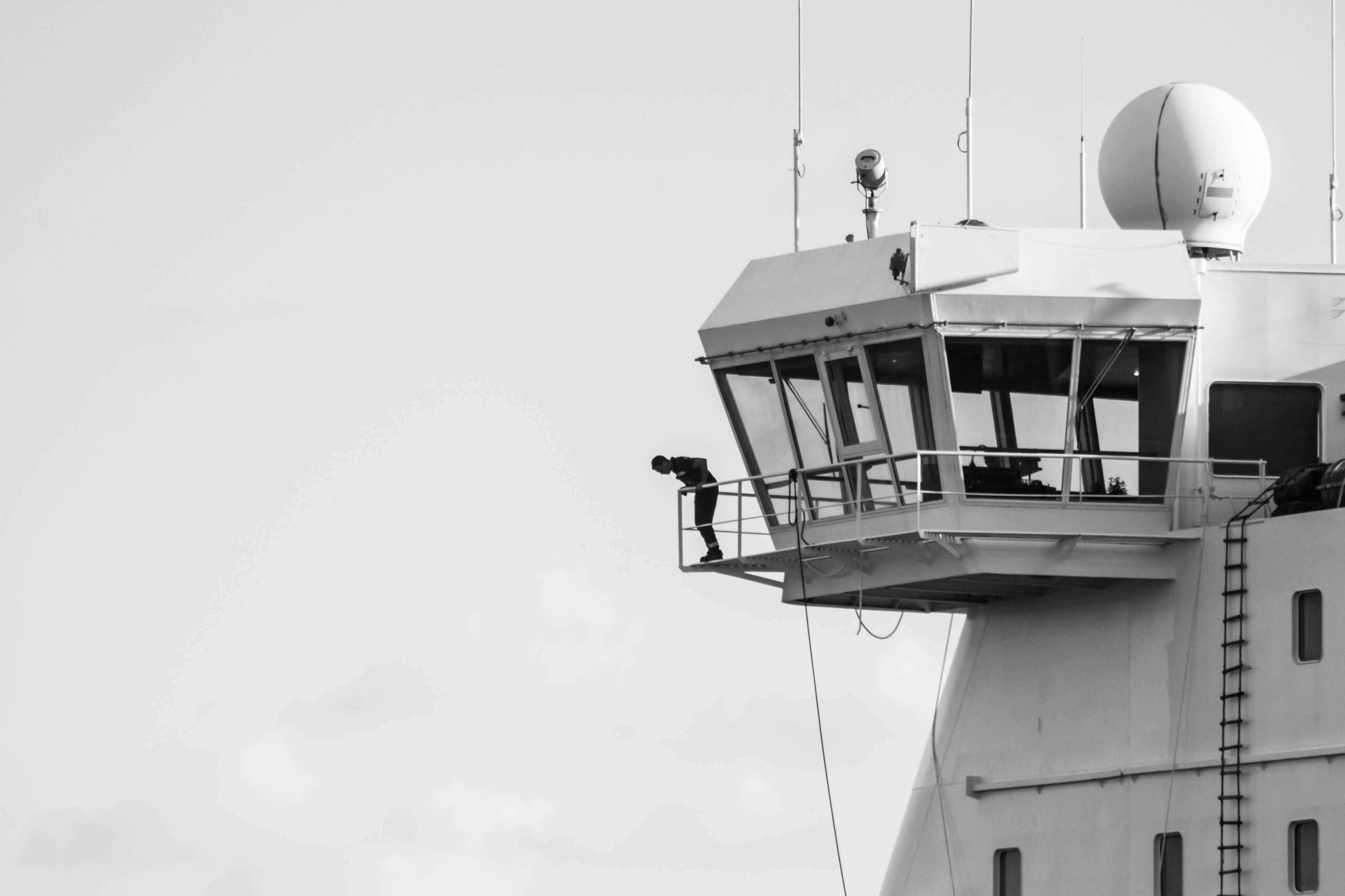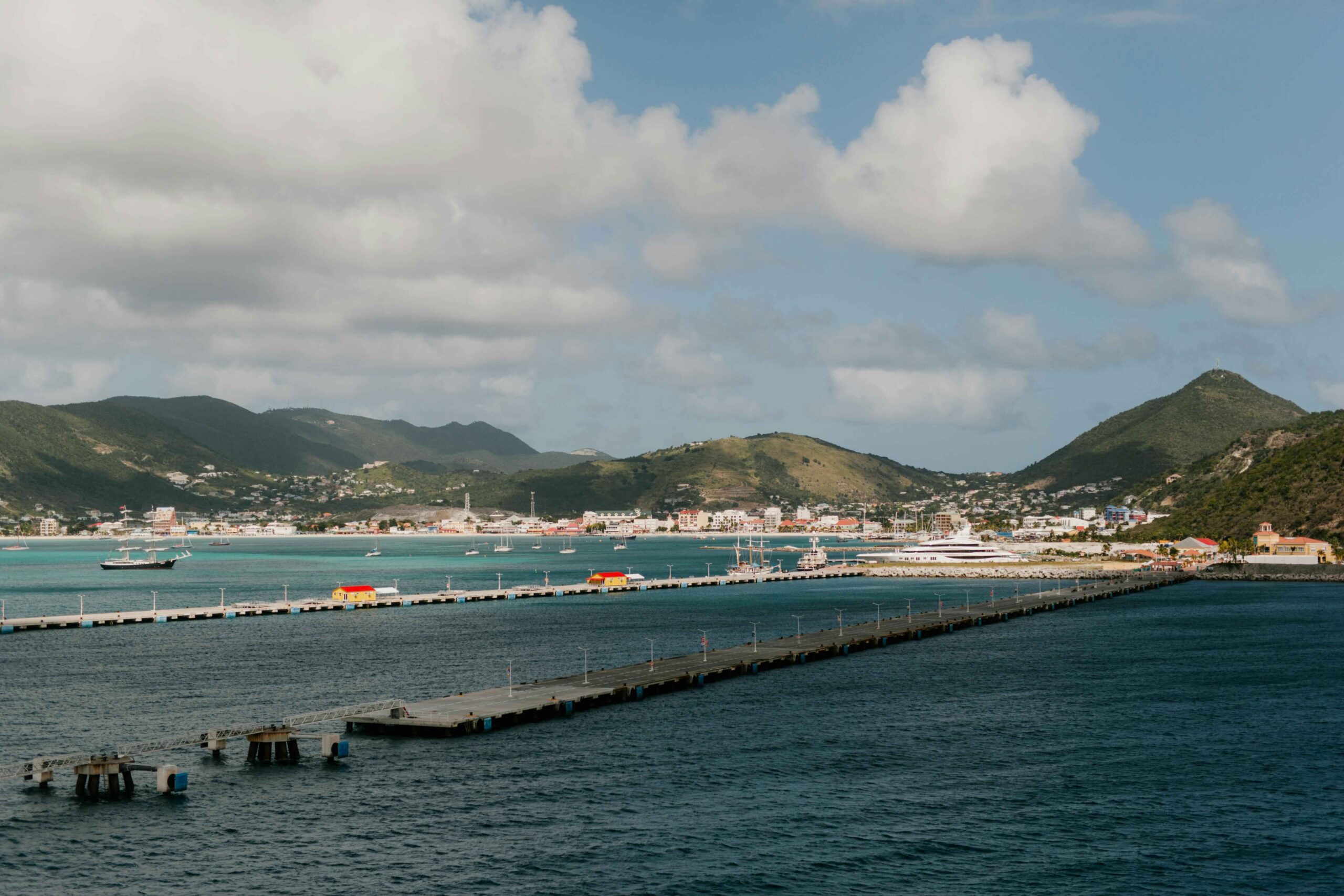
What is the Ship’s Guard Rail?
Every type of sea vessel from boats to cargo ships and cruise liners needs the vital safety component which shipbuilders call the guard rail. Safety guardrails on shipboard facilities serve two essential roles by safeguarding personnel from falling accidents and protecting vessels from infrastructure destruction.
Purpose and Function:
The guard rail serves several purposes:
- Safety: Guard, rails serve their primary function by stopping unintended falls thereby ensuring safe conditions for crew members as well as passengers and vessel cargo. Ship safety depends on guard rails to shield users from deadly falls overboard.
- Protection: A ship’s guard, rail functions as an essential safety system by defending both the decks and superstructures from significant impacts caused by cargo or equipment and vehicle movements aboard ships.
- Security: Ship areas become inaccessible through security methods when the guard, rail functions as a protective barrier.

Design and Construction:
Shipboard guard, rails have standardized engineering design practices to fulfill international standards such as those established by the International Maritime Organization (IMO) and the American Bureau of Shipping (ABS). The guard, rail usually consists of:
- Stanchions: Vertical stanchions function as primary guards in the structure which use durable materials including steel or aluminum and other comparable materials.
- Rails: The deck baoounds come from vertical posts called stanchions which are joined together with horizontal bars stretching over the full perimeter of the area.
- Intermediate supports: Guard, rail stability receives additional support from intermediate supports that are installed between stanchions.
Types of Guard Rails:
There are different types of guard, rails used on ships, including:
- Traditional guard rail: Many ships utilize the basic guard rail design consisting of stanchions alongside rails across decks.
- Folding guard, rail: The guard, rail exist as a safety system which users can fold downwards to reach the deck surface or for cargo transportation operations.
- Retractable guard, rail: On ships with restricted deck space retractable or removable guard, rails provide use flexibility.
- Cable guard, rail: Marine vessels and European maritime boundary areas typically use cable or wire guard, rails instead of traditional rail designs for their safety purposes.

Regulations and Standards:
The design, construction, and installation of ship’s guard rails are regulated by various international and national authorities, including:
- International Maritime Organization (IMO): Guard, rails are part of international ship safety standards that the IMO establishes.
- American Bureau of Shipping (ABS): Absentee Bureau of Shipping releases standards about ship structure design together with operational practices and provides elements for guard, rail organization.
- Local authorities: The regulations and standards that pertain to shipboard guard, rails operate as part of national and local water-based authority systems. You can contact us here.
Maintenance and Inspection:
A guard, rail requires regular maintenance checks to work effectively as well as providing safety protection for shipboard personnel. Ship owners and operators should:
- Inspect the guard, rail regularly: A systematic assessment for damage together with wear and tear should take place to verify the secure functions of each component.
- Perform maintenance tasks: Keep the guard, rail clean through repair and painting activities to stop corrosion and structural damage.
- Replace damaged or worn-out components: Maintain your guard, rail integrity through the replacement of all cracked or deteriorated stanchions rails and alternative components.

Conclusion:
Ship guard rails represent essential safety equipment which functions as the primary safeguard to stop onboard injuries while protecting both crew members and cargo. Safety during navigation becomes achievable when ship owners and operators comprehend guard rail design criteria and construction practices as well as the relevant standard protocols. Guard rail security depends on regular maintenance scanning alongside essential inspections which protect the guard rail’s integrity and prevent ship accidents alongside damage to the vessel and shipboard occupants.


